Army to spread burden of combat
Updated 10/27/2006 10:25 AM ET
WASHINGTON — The prospect of combat in Iraq for at least another four years is prompting the Army to realign its forces to prevent a small slice of soldiers who are shouldering much of the fighting from wearing out.
Pentagon records show one-fifth of the Army's active-duty troops have served multiple tours of war duty while more than 40% haven't been deployed to Iraq or Afghanistan.
That disparity is behind the Army's plans to shift some soldiers to high-demand wartime specialties that could ease the burden on combat forces.
The Army announced this month that it plans to maintain its current force level in Iraq through 2010. There are about 105,000 soldiers in Iraq, 15,000 in Kuwait and 16,000 in Afghanistan.
The Army is moving soldiers from specialties such as artillery and air defense to high-demand roles: infantry, engineering, military police and intelligence, Special Forces, civil affairs and psychological operations, said Lt. Gen. Michael Rochelle, deputy chief of staff for Army personnel.
The Army has more soldiers deployed in Iraq and Afghanistan than the other services combined. It expects to complete the realignment by 2011.
Marine Gen. Peter Pace, chairman of the Joint Chiefs of Staff, acknowledged this week that the Pentagon is sending active-duty troops overseas more frequently than it wants to, which is once in three years.
About 42% of the Army's 500,000 active-duty soldiers have not deployed to Iraq or Afghanistan. They include about 80,000 fresh recruits, most of whom are being trained. More than 90,000 others are in the so-called institutional Army, those who train, equip and manage soldiers.
By 2011, there will be 50,000 more troops available for deployment than in 2001. Part of that will be accomplished by having civilian Army employees take over certain jobs from soldiers, freeing them up to fight.
Five years of fighting have put the Army on the verge of wearing out vital soldiers, said James Carafano, a retired Army colonel and military analyst at the Heritage Foundation.
The Army is still structured to fight Cold War enemies, which prevents it from deploying more troops, he said. "It's not a usable force in terms of mix and composition."
The Army has sent more than 144,000 active-duty, National Guard and Reserve soldiers to Iraq or Afghanistan more than once. Army deployments typically last one year. Some soldiers, including special operations forces, have shorter tours.
Fort Bragg in North Carolina, where many Special Forces soldiers are based, is home to the Army's most-deployed soldier. That soldier, whom the Army declined to identify, has been sent to Iraq or Afghanistan nine times.
That's a "pocket of stress that we need to be concerned about," said retired Army colonel James Martin, an expert on military culture who teaches at Bryn Mawr College in Pennsylvania.
Posted 10/26/2006 10:47 PM ET
Updated 10/27/2006 10:25 AM ET
http://tinyurl.com/t9kdp



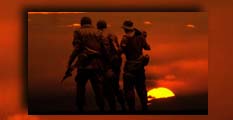







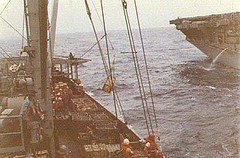
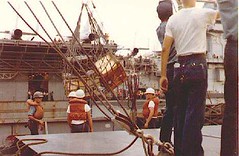
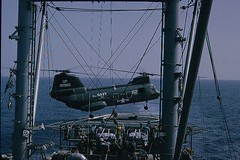
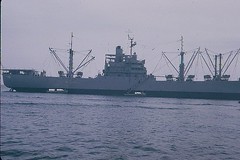






0 Comments:
Post a Comment
<< Home